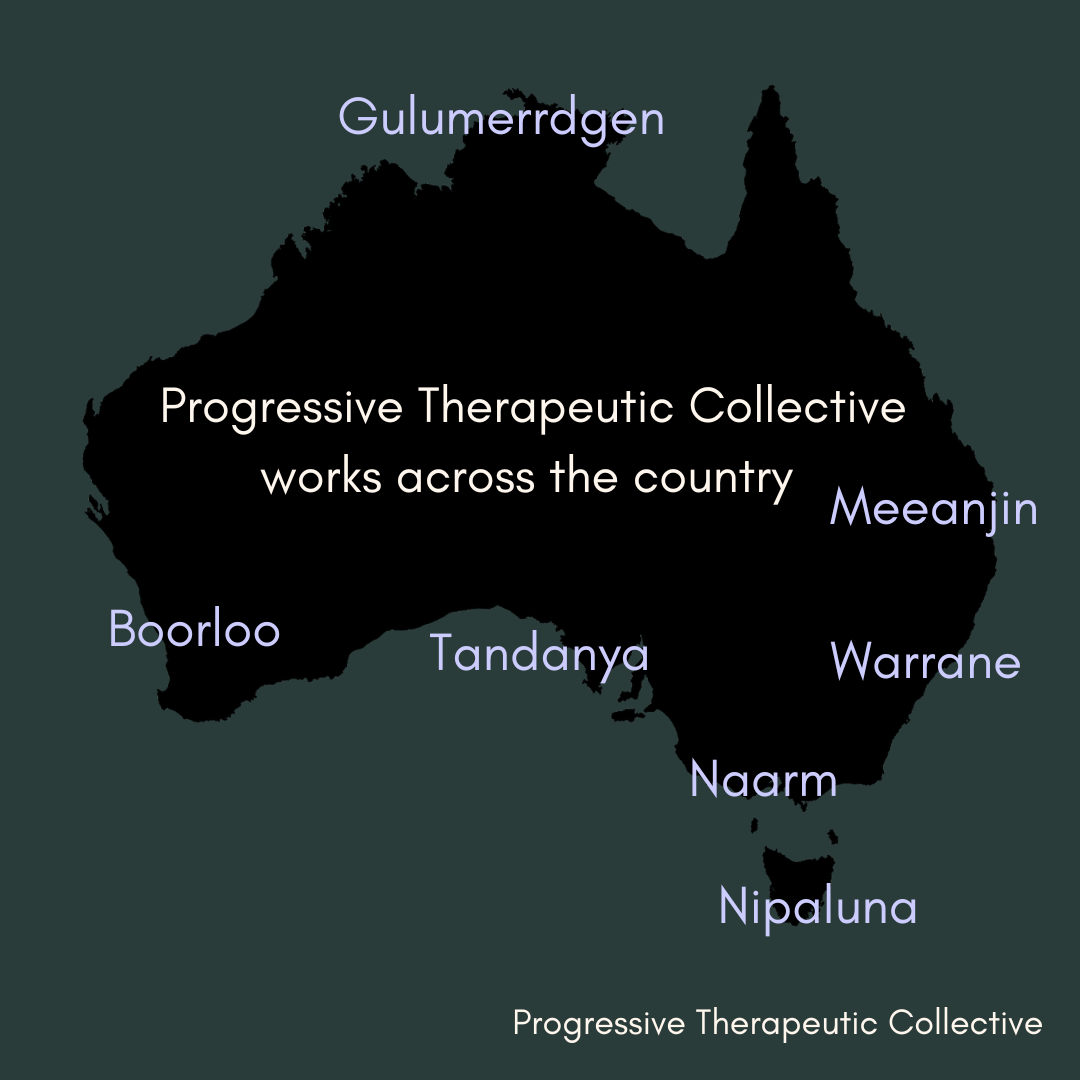Misophonia: Understanding and Supporting Neurodiversity
Misophonia, characterized by intense emotional reactions to common sounds like chewing or tapping, is more than just a dislike for noise—it’s a complex neurodivergent condition that affects how individuals interact with their environments. Recognizing and affirming misophonia as part of the broader spectrum of neurodiversity is crucial in fostering understanding and supporting those who live with it.
Understanding Misophonia
At its core, misophonia is thought to involve overactive connections between the auditory system and the limbic system, which is responsible for emotional processing. This hyperconnectivity means that certain sounds can trigger disproportionate emotional responses. Brain imaging studies suggest that people with misophonia show different neural activations in response to specific "trigger" sounds, highlighting the neurological underpinnings of the condition.
Genetic and Psychological Influences
Research indicates a potential genetic component to misophonia, suggesting some individuals may be predisposed to developing the condition. Psychological factors, such as stress or anxiety, might exacerbate or trigger the onset of symptoms. Understanding these elements is crucial, not to stigmatize, but to deepen our understanding and support for those affected.
The Impact on Daily Life
For individuals with misophonia, everyday environments can be challenging. Simple sounds like breathing, eating, or clicking a pen can provoke reactions ranging from annoyance to severe anxiety and anger. These reactions are involuntary and can severely impact relationships, social interactions, and overall well-being.
Affirmative Approaches in Treatment
Affirming misophonia within a neurodivergent framework involves recognising and valuing different ways of experiencing the world. Treatment and support should focus on management strategies that respect individual needs:
Sound Therapy: Using background noise or white noise to help mask triggering sounds.
Cognitive Behavioral Therapy (CBT): Helping to change the emotional response to triggers through structured psychotherapy.
Mindfulness and Relaxation Techniques: Aiding individuals in managing their physiological reactions to triggers.
Environmental Modifications: Creating personal spaces that minimize exposure to triggering sounds.
Creating Supportive Spaces
Support for misophonia extends beyond the individual; it involves creating environments that respect neurodivergent needs. Open conversations about sound sensitivities, flexible workplace policies, and public awareness can all help reduce the stigma and isolation often felt by those with misophonia.
Conclusion
Misophonia, as part of the neurodiversity spectrum, challenges us to think differently about sensory experiences and emotional responses. By fostering a supportive and understanding community, we empower individuals with misophonia to lead more comfortable and fulfilling lives. It is not merely about coping with the condition but embracing and supporting diverse neurological experiences as essential to the richness of human variation.

